10 Unmissable Battlefields to Visit In Scotland
Scotland has a turbulent and brutal history. The country has witnessed many bloody battles and savage wars.
Here are many stories to tell regarding the savage actions of the rival clans. You can retrace the foot steps of medieval battles.
Over the centuries, the large majority of battles fought in Scotland are with the English. Some other battles were between the Scots and Nordic Kingdoms, the Roman Empire and themselves.
Religion, royal lineage and independence are why the battles began in the first place. At many of these sites listed below you can follow the footsteps of Scotland’s bravest warriors and clan members as you see the infamous battle sites in Scotland.
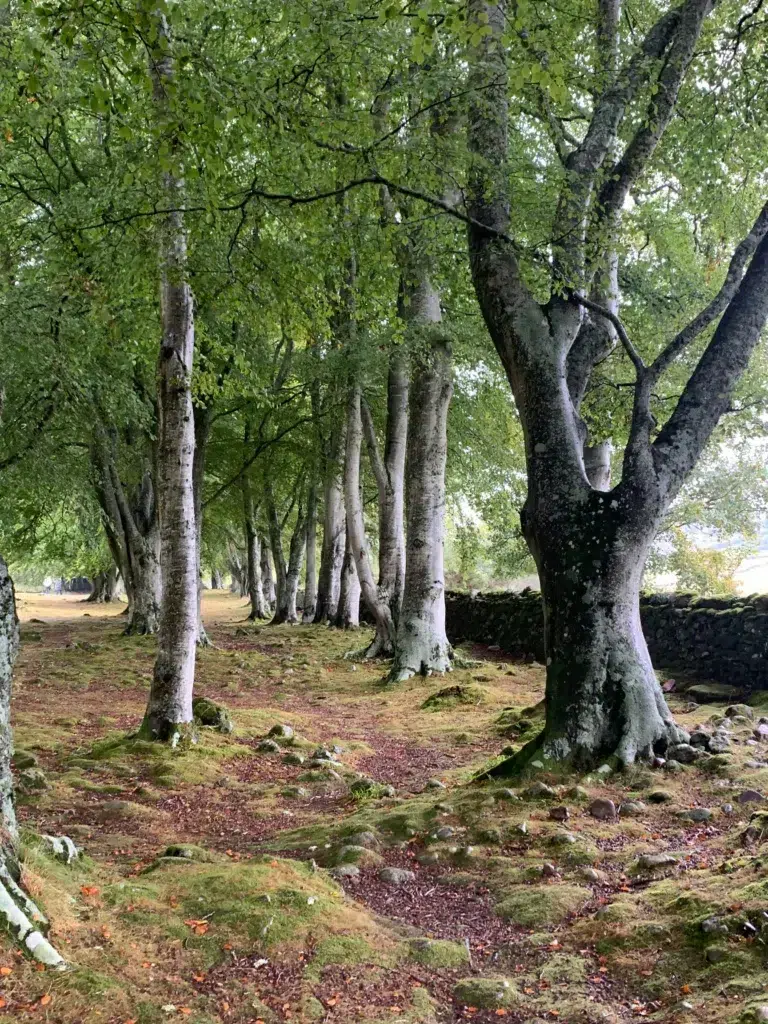
Battle of Culloden, 1746
The Battle of Culloden is one of the most famous battles in Scottish history. As it was the last ever battle fought on British soil.
The Battle of Culloden is also known as the last battle of the “Forty-Five Rebellion”. This battle is so significant as it was the final defeat of Bonnie Prince Charlie’s Jacobite forces to the British forces.
As a result, this was a turning point in Scottish history. ‘The Young Pretender’ fled and the Jacobite uprising was no more.
The British Army was made up of 8,000 redcoats. It is believed that 2,000 Jacobites were slaughtered compared to the 400 British troops.
Also, Clan Chiefs were stripped of their powers, Jacobite estates were seized by the British monarchy and throughout the country, the kilt and tartan were banned.
The Jacobites lost and between 1,500 – 2,000 were supposedly killed. Meanwhile, the British only lost 50 soldiers and 239 were wounded.
At the Battlefield of Culloden, visitors can experience the dark and dull site where the Jacobites fell. The Battlefield of Culloden is one of the most popular battlefields to visit In Scotland.
The Battle of Culloden is the closest historical battle site to Inverness. Also, visitors can soak up the legacy which was left by the Scottish Clans.
The visitor centre opened in 2007 and is managed by the National Trust for Scotland.
Battle of Bannockburn 1314
The Battle of Bannockburn is one of the most notable battles in Scottish history. This battle was part of the First War of Independence under the rule of Robert the Bruce.
This battle is Robert the Bruce’s greatest victory as the won against the British soldiers under the rule of King Edward II of England.
The English troops contained 25,000 cavalries and infantry, outnumbering the Scots by at least two to one. It is believed that at least 11,000 English troops lat dead on the battlefield.
From Robert the Bruce’s victory, Scotland gained independence from England and Robert the Bruce became a sovereign king. Today, you can stand at the site where it all happened and where Robert the Bruce lead his army to victory.
The Battle of Bannockburn Experience and visitor centre is a multi-award-winning experience. There are iconic statues and a memorial park.
The Battlefield of Bannockburn is one of the most interesting battlefields to visit in Scotland. The centre is managed by National Trust for Scotland.
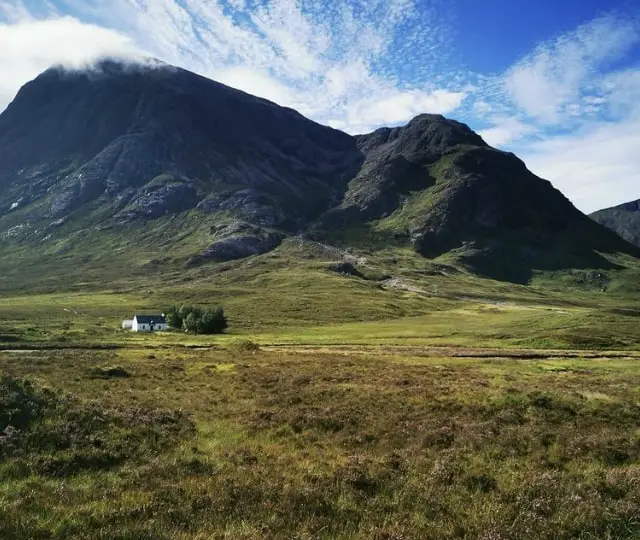
Glen Coe Massacre, 1692
Glen Coe is one of the most mesmerising glens in the whole of Scotland. With towering mountains, tumbling waterfalls and green glens it is truly an unmissable site in Scotland.
Despite all of its beauty, Glen Coe has been the scene of a deadly battle. As the story goes, King William III of England sought pledges of allegiance from the Scottish Clans.
It was ordered that before January 1, 1692, the members of the clan were to appear in front of a magistrate. However, due to bad weather, the chief of the Clan MacDonald of Glen Coe was late in signing that pledge.
British soldiers arrived at Glen Coe during the harsh winter, and the Highlanders welcomed them and helped them seek refuge.
On the night of 13th February 1692, the British soldiers become murdering members of the clan by order of the British crown. As a result, the chief, 33 men, 2 women and 2 children were murdered.
Nowadays, visitors can pay respects in the charming village of Glencoe. There is a Glen Coe Massacre memorial which stands as a reminder of the events that took place in February 1692.
One of the hardest-to-locate battles to visit in Scotland, however, make sure to pay a trip to Glen Coe Nature Reserve as it is beautiful. Visit the National Trust for Scotland website for more information.
Battle of Killiecrankie, 1689
The Battle of Killiecrankie was part of the first Jacobite Rising where Bonnie Dundee led the Scots to a victory. This battle was one of the battles that the Jacobites won, even though they were outnumbered by over 1,000 troops.
Many of the Jacobites chased the redcoats down the Pass of Killiecrankie after winning the battle. This is where the legacy of Donald McBane at the Soldier’s Leap and Barthold Balfour at the Balfour Stone comes from.
The visitor centre is located about a mile south of the battlefield. Many troops travelled through the Pass of Killiecrankie both before and during the battle.
At the visitor centre, you can find out more about the battle and the events leading to the battle. The Pass of Killiecrankie and the visitor centre are located through the mountains north of Pitlochry.
Also, you can see real weapons from the battle, including replicas. Make sure to add Killiecrankie visitor centre to your list of battlefields to visit in Scotland.
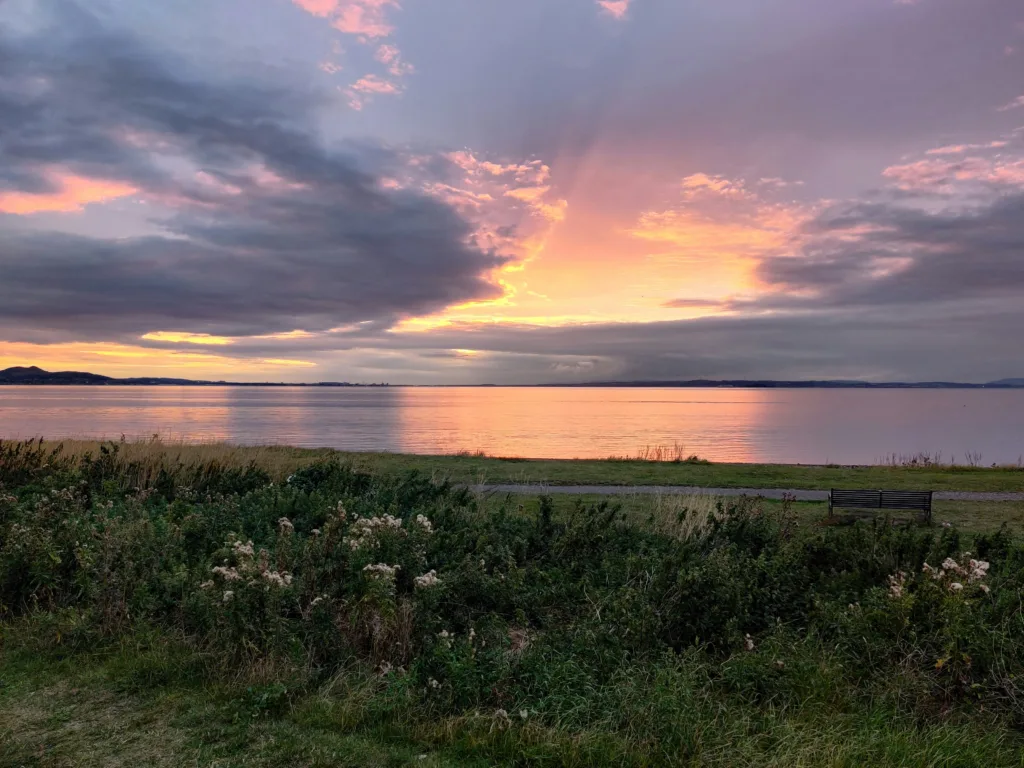
Battle of Prestonpans, 1745
The Battle of Prestonpans is where Bonnie Prince Charlie won his first victory. The battle took place in September 1745, the Jacobite Highlanders of Charles Edward Stuart led to an unexpected victory over the redcoat soldiers of General Sir John Cope.
You can visit the site of the battle, which is located in Prestonpans close to the Meadowmill Sports Centre. There is a pyramid viewpoint at Meadowmill which gives panoramic views around the battlefield.
Also, there is a series of interpretation boards. Visitors can explore the impressive stone monuments featuring Colonel James Gardiner.
There is a free mobile app for Apple and Android users which guides you around the site, including the 1722 Waggonway Trail.
Also, at Bankton House Doocot there is a chance to watch an animated short film about Colonel Gardiner. The Battlefield of Prestonpans is one of the most accessible battlefields in Scotland from Edinburgh.

Battle of Glen Shiel, 1719
The Battle of Glen Shiel is a major battle of the Jacobite Uprising in 1719. This is one of the Jacobite’s most unsuccessful battles.
The Jacobites’ forces were made up of Highland levies and Spanish marines.
Eilean Donan Castle was occupied by the Jacobites prior to the battle taking place. In turn, three British Royal Navy frigates sailed into Loch Alsh and Loch Duich and bombarded Eilean Donan Castle.
As a result, Eilean Donan Castle was largely destroyed and 300 barrels of Spanish gunpowder were destroyed. Also, the Jacobite army that was located here surrendered.
Nowadays, visitors can head to the Kyle of Lochalsh and the Isle of Skye to explore the battle site.
The mountain where the battle took place is commonly referred to as Sgurr nan Spainteach in Scottish Gaelic, this translates to ‘Peak of the Spaniards”. This name honours the Spaniards that fought with the Scots.
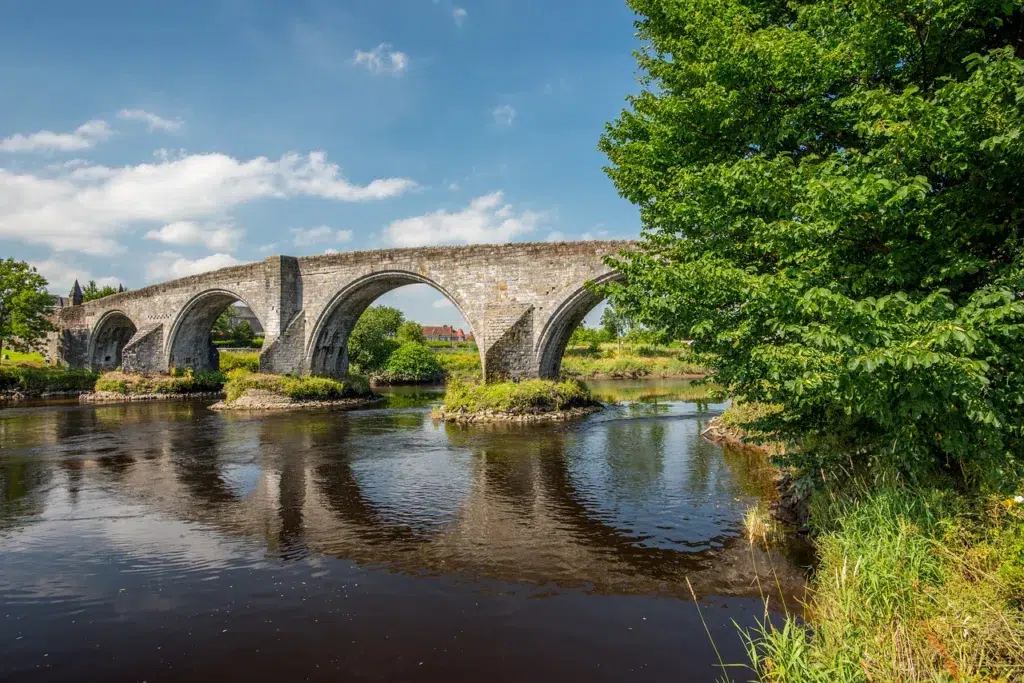
Battle of Stirling Bridge, 1297
This battle is reported to be one of the bloodiest battles and one of the most tactical victories. The Battle of Stirling Bridge was led by William Wallace.
The Scots ambushed Edward’s I army as they crossed a wooden bridge over a fast-flowing river through Stirling. The English troops were in high spirits just after the victories in Dunbar.
This battle marks the first defeat for the English forces during the First War of Scottish Independence. Supposedly, at the Battle of Stirling Bridge half of the 10,000 English troops died.
Stirling is a popular destination for tourists in Scotland as it is rich in history. Tourists can visit the Wallace Monument, Stirling Castle, other battlefields and a wide variety of restaurants.
Battle of Flodden, 1513
The Battle of Flodden was fought during the War of Roses after the Battle of Towton. This battle resulted in the most casualties than any other battle on British soil.
Also, there largest number of troops were involved between Scotland and England.
James IV’s Scots occupied the high ground on Flodden Hill. However, they were cut apart by the English.
The Earl of Surrey was the leader of the English troops, he ordered that his men block the retreat of the Scots. This tactical move led to the death of 17,000 Scots.
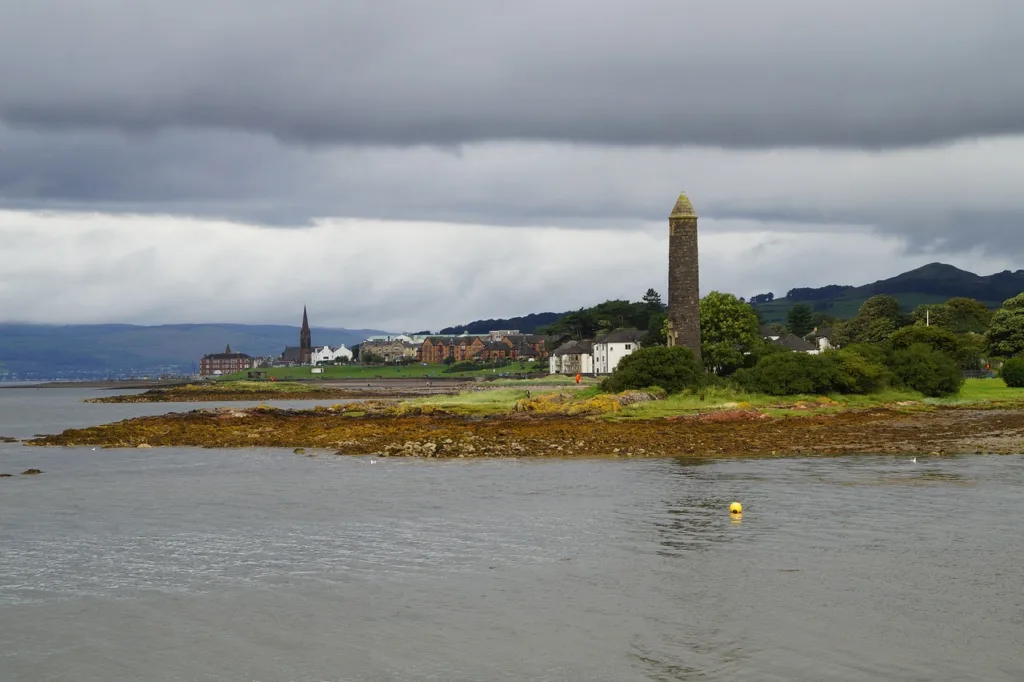
Battle of Largs, 1263
The Battle of Largs featured King Alexander III Scottish troops and the over 800 Norwegian King Haakon IV maritime marauders.
As a result of poor weather conditions, the Norwegians ended up in Largs after being unable to negotiate the Ayrshire coast.
As some reports go, it is believed that the Norwegians were outnumbered ten to one. However, they manage to survive a Scottish fight and patch up their longships.
According to legend, the Norwegians revealed their location to the Scots after stepping on a field of thistles. This is what resulted in the thistle becoming the national emblem.
It is believed that hundreds of Norwegian lives were lost during the battle, however, the exact number is not known. Interestingly, Scotland gained control of the Hebridean Isles back from the Norwegians just two years later.
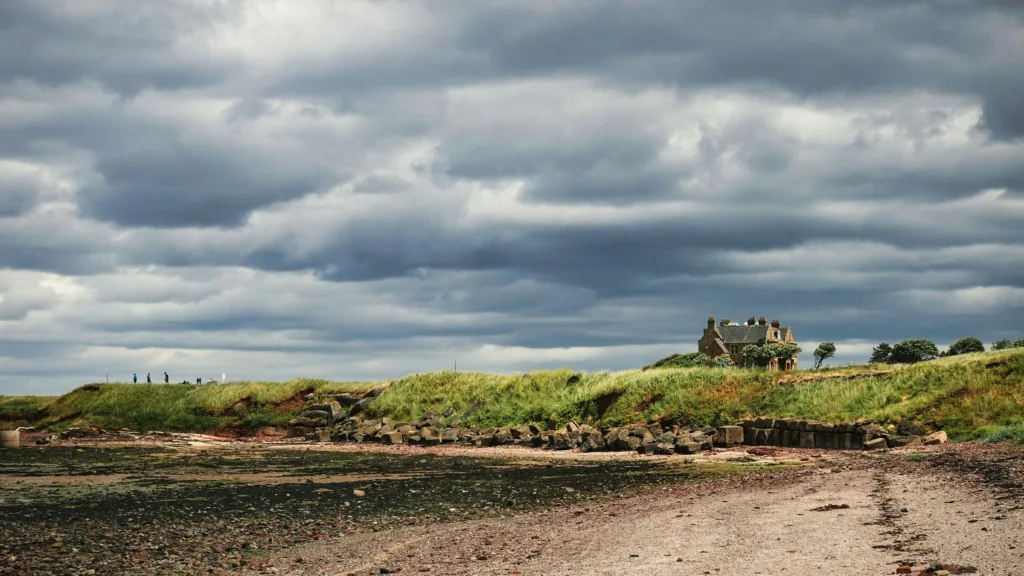
Battle of Dunbar, 1650
The Battle of Dunbar was a victory for the English. The English New Model army was led by Oliver Cromwell and the Scottish Army was led by David Leslie.
It was the first major battle since the 1650 invasion of Scotland. The Invasion of Scotland was triggered by Scotland’s acceptance of Charles II as king of Britain after the beheading of his father, Charles I on 30th January 1649.
In this battle between 300 and 500 Scots were killed, approximately 1,000 were wounded and at least 6,000 were taken, prisoner. The Scottish army was made up of 12,000 troops while the English had 11,000.
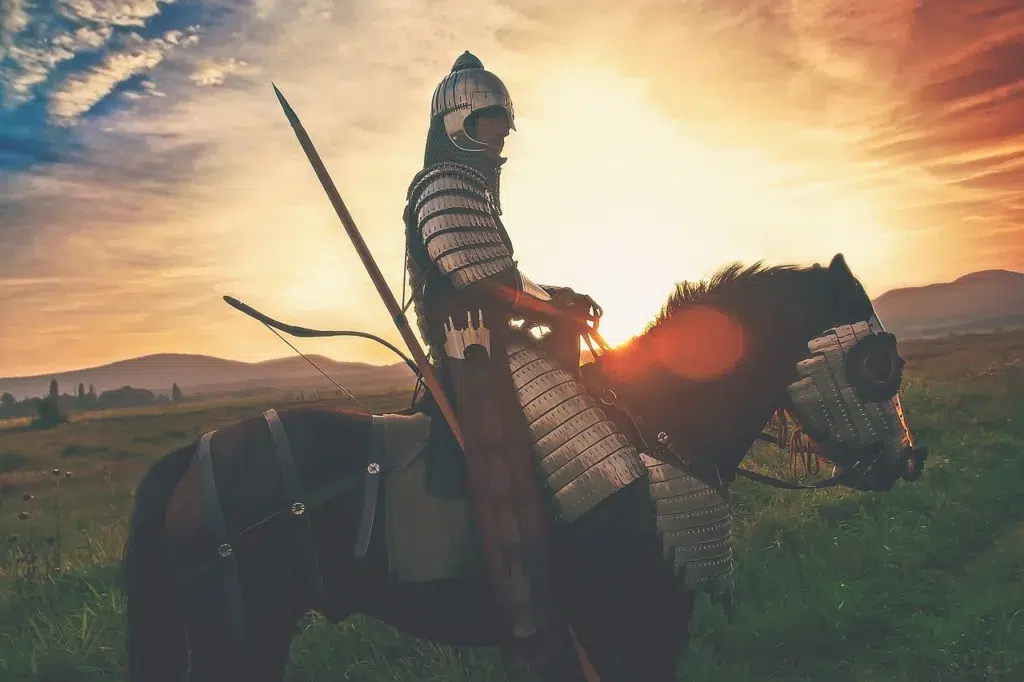
Other Battles:
- Battle of Falkirk, 1298. Located in Falkirk, an English victory, part of the First War of Independence.
- Battle of Roslin, 1303. Located near the village of Roslin, a Scottish victory, part of the First Wars of Independence.
- Battle of Pinkie Cleugh, 1547. Located on the banks of River Esk, Musselburgh. English victory – catastrophic defeat for the Scottish, where it became known as “Black Saturday”
What was the bloodiest battle in Scotland?
It is believed that the Battle of Flodden was the bloodiest battle on Scottish soil. Over 17,000 men lost their lives at the Battle of Flodden.
This event is one of the most disastrous moments in Scottish history and the greatest military defeat.
Has Scotland ever fought in a war?
In the 13th and 14th centuries, Scotland fought in a series of military conflicts with the Kingdom of England. Sometimes, this is referred to as the Wars of Scottish Independence.
The first War of Scottish Independence occurred between 1296 – 1327 and the Second War of Scottish Independence occurred between 1332-1357.
Between the 10th and 17th centuries, Scotland fought in a number of wars mostly between England, Ireland, Spain, Swiss mercenaries, Venice, Papal states and the Holy Roman Empire.
Final Note
This post lists the unmissable battlefields to visit in Scotland. Scotland has a turbulent and interesting history.
It is the perfect place for those history buffs and tourists who are interested in learning more about Scotland’s history.
From the Battle of Stirling Bridge in 1297 to the Battle of Culloden in 1746, this shows how hard the Scots fought over the centuries.
Some of the battlefields to visit in Scotland do not exist. However, monuments, museums and visitor centres are located nearby to support the history.
